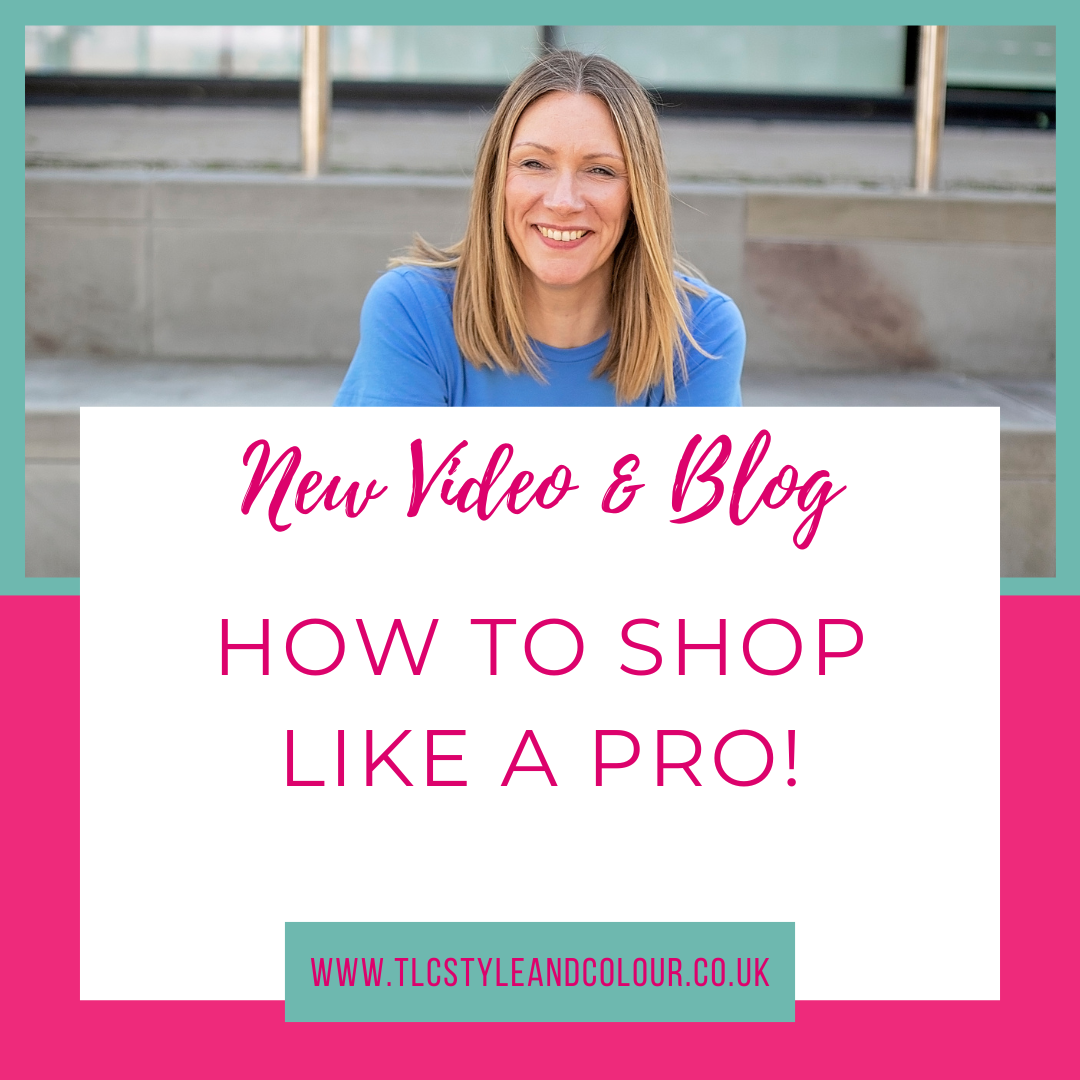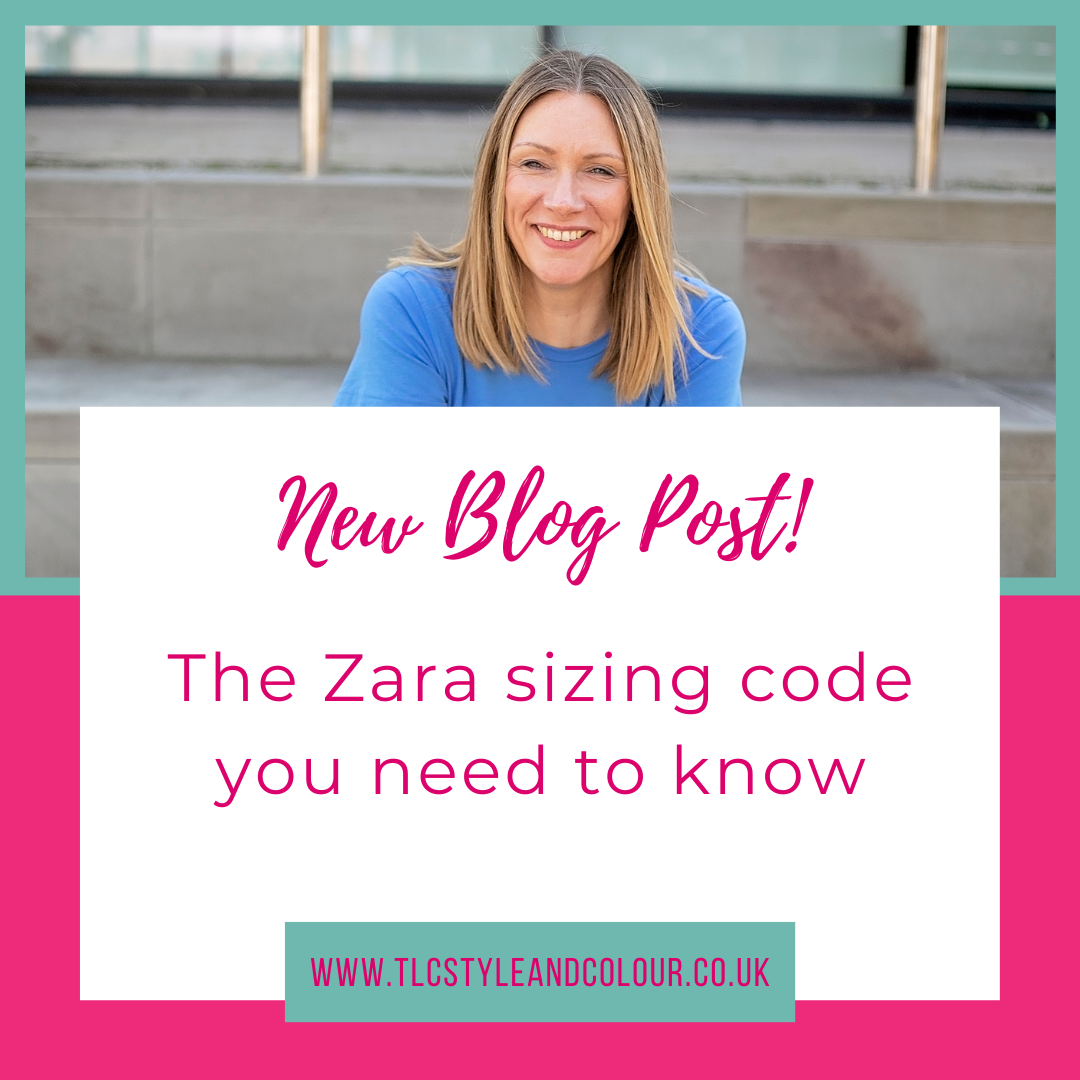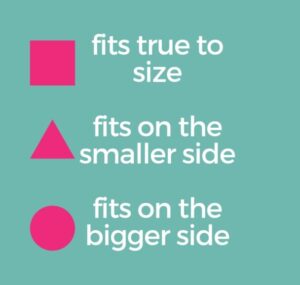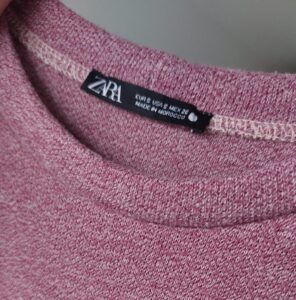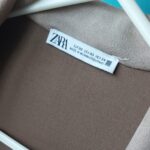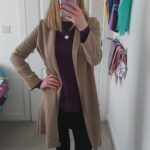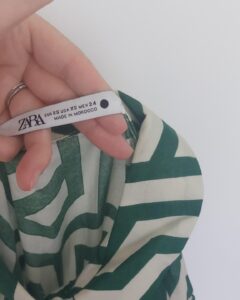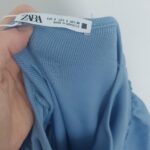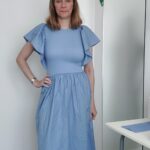Do you love the thrill of finding a bargain? Whether that’s pre-loved or in the sales, it’s worth remembering that something is only ever a bargain if you actually wear it!
The key thing is to shop with intention.
Whilst shopping in the sales can be a great time to buy, if you end up buying more things you don’t need and don’t wear, the guilt will settle in quickly. Do remember that everything in the sale is because no one wanted to buy it at full price! Harsh, but true.
There’s often so many items available, especially online, that it can feel overwhelming so these tips are aimed at helping to save you time and money. You’ll also find me sharing tips in a 7 minute video on my YouTube channel – watch it here.
First, check your wardrobe
Before any shopping spree, the first thing I recommend you do is to check your own wardrobe. You may find things in there which you’ve forgotten about and haven’t worn since you bought them. You may also have things in colours that aren’t your best, so it’s worth remembering that they can be rescued. This is something I cover during your colour analysis consultation.
Essentially, you need to know what you have, where your gaps are and what you need. Have a plan and be clear on exactly what items you’re shopping for so you can actually save yourself time and money.
Here’s some questions to ask yourself before buying anything new:
- Is it the right colour for me?
- Does the style work for me?
- What occasions am I likely to wear it to?
- Does it flatter my body shape and fit my proportions?
- Is it comfortable to wear?
- What else can I wear it with?
As I always say, trends come and go and fashion isn’t quite so ‘new’. So, if there was something from the previous season which caught your eye, but you didn’t want to pay for price for it, then now is the time you may be lucky to pick it up in the sales. It’s also worth checking the pre-loved sites too.
What’s a ‘good buy’?
This will vary person to person, but something which you end up wearing time and time again. Broadly speaking, transitional items will take you through the different seasons meaning you get more £s per wear. Often they can be more classic, less ‘high trend’ and more timeless in the style or colour, so that it will also last through many seasons.
Accessories are the easiest and most cost-effective way to update any outfit, whether it’s a necklace or a pair of boots.
Neutral colours (grey, navy, black, brown, white) can be good to buy in the sales as they can make good investment pieces, such as a blazer or trousers. A neutral colour will always ‘go’ with any colour. Just remember the advice given in your colour analysis consultation.
Once you’ve had a colour analysis, shopping for colours which suit you becomes far easier. You really can wear your colours all year round and you’ll find that having a new colour this or next season can often fill a gap in your wardrobe for future seasons to come. I never struggle to find things for all colouring types, all year round.
The colours and trends which come through each season are therefore great opportunities to restyle things you already have, as well as update an existing outfit. I share the trending colours and styles twice a year, just take a look at the latest guides available here.
Shopping online and pre-loved
This can feel more challenging but the principles are just the same as a store!
You need to work a bit harder to find what you’re looking for, but it’s much easier than death by scrolling. The key is to use as many filters as you can to search. Select the size, category and colour and this will reduce the number of items. If you’re shopping pre-loved and you want to make sure it’s in tip top condition, simply search for those with the tags still on (BNWT – brand new with tags).
Help is at hand
If you would prefer someone to do the hard work for you, that’s where my seasonal updates and shopping trips come in.
Twice a year I run my seasonal updates where you can join a workshop, watch my video, and get my shopping guides.
So, if you fancy a mini-me in your pocket, do check out my ‘shop the look’ guides as there’s one for each dominant colouring type. My recorded video masterclass takes you through the colours and trends in a 45 minute presentation and the latest colour trend guide fits inside your swatches which you can take out with you when you do go shopping.
These spring/summer updates are available until 30 September, then the autumn/winter updates will launch on 1 October. The live group workshop takes place virtually at 12pm on Saturday 5 October and tickets are available here.

